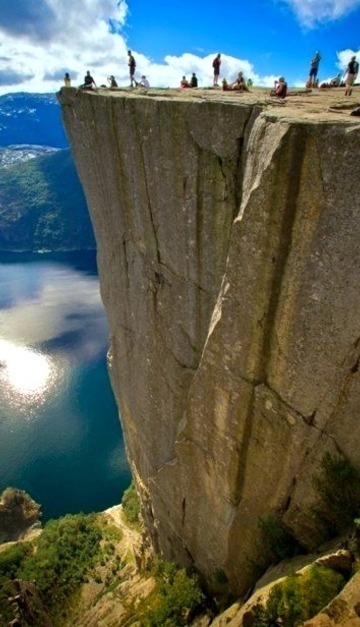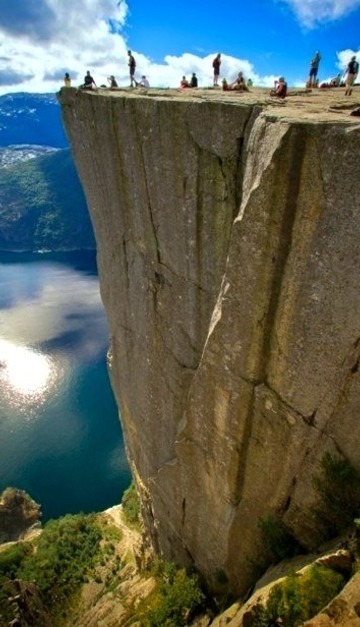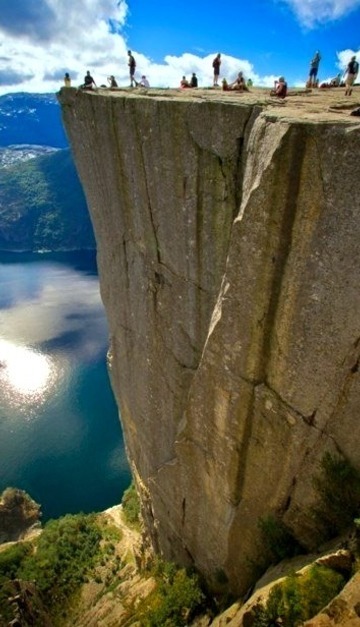#Edge Norway
Text
𝔊𝔲𝔞𝔯𝔡𝔦𝔞𝔫𝔰 𝔬𝔣 𝔗𝔦𝔪𝔢 - 𝔐𝔦𝔡𝔫𝔦𝔤𝔥𝔱 ℭ𝔯𝔦𝔪𝔢
#Guardians of Time#Edge of Tomorrow#Midnight Crime#Release date:#2001#Full-length#Genre:#Power Metal#Norway
7 notes
·
View notes
Text



#sometimes u just gotta scroll around google maps#and find random shit like this#this is in svalbard btw#which is norway apparently#rtte#dragons edge#svalbard
19 notes
·
View notes
Text
Polar bears are hardy creatures—they can fast for upward of 180 days and swim hundreds of miles without a break—but consensus among scientists is the animals won’t be able to find new food sources once they can no longer hunt seals. If a warming climate shrinks sea ice at projected rates, most polar bear populations will be too nutrient-starved to reproduce by the end of the 21st century.
Meanwhile, shrinking sea ice seems to be leading bears to wander into human settlements from Russia to Norway, Greenland to Alaska. Problems ensue. In Alaska, an offshoot of a Russian polar bear patrol program trains communities to use tools like bear spray, flashlights, air horns and rubber bullets to deter bears and protect themselves, while Canada’s Nunavut Territory administers similar efforts through a polar bear conflict manager based in Igloolik. Here in northern Manitoba, a comparable program operates in Churchill, “The Polar Bear Capital of the World.”
— Polar Bears Live on the Edge of the Climate Change Crisis
#neil ever osborne#mark jacquemain#polar bears live on the edge of the climate change crisis#current events#environmentalism#climate change#global warming#ecology#animals#wildlife conservation#meteorology#weather#arctic circle#russia#norway#greenland#usa#canada#alaska#nunavut#manitoba#churchill (manitoba)#bears#polar bears#ice#sea ice
7 notes
·
View notes
Photo
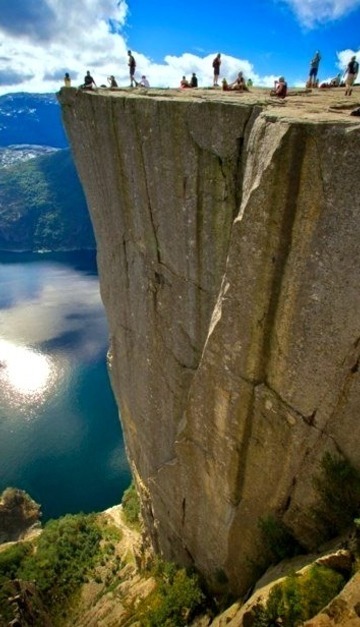
On The Edge, Pulpit Rock, Norway
1 note
·
View note
Text
On The Edge, Pulpit Rock, Norway

0 notes
Text
On The Edge, Pulpit Rock, Norway
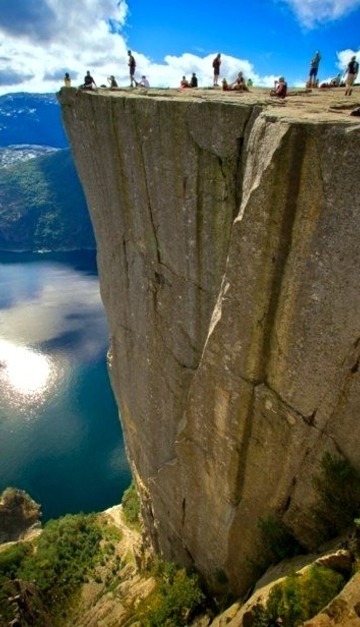
0 notes
Photo

On The Edge, Pulpit Rock, Norway
0 notes
Text
On The Edge, Pulpit Rock, Norway

1 note
·
View note
Text
On The Edge, Pulpit Rock, Norway
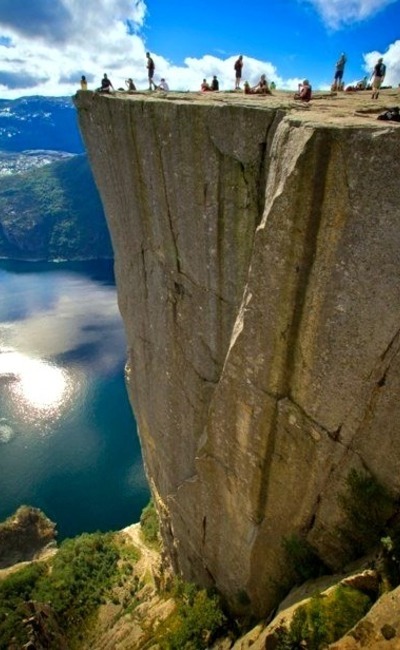
0 notes
Text
The polar bear has become perhaps the pre-eminent symbol of the consequences of climate change because it needs sea ice to survive. From November, when the ice fastens to shore, to May, when it breaks up, the ice is polar bear territory across the Arctic. The bears sleep on the ice at night, and pregnant females can even hibernate there during the winter. Males and non-pregnant females stay active through the winter days, and the ice is their hunting ground. Laying ambush behind a pressure ridge of ice fragments, the bears stalk seals. “On the ice, they’re slow,” York says of the seals. “The bears are explosive as they run them down.”
There are between 16,000 and 31,000 polar bears in the world today, congregating in 19 populations across the Arctic. In some areas where the bears were heavily impacted by hunting, bans helped their numbers resurge. But the shrinking of their Arctic habitat is making the species more and more fragile worldwide. In Greenland and Norway, the World Wildlife Foundation lists polar bears as vulnerable. In Russia, they’re rare or recovering, depending on the location, and in Alaska (the only place in the United States where they’re found), polar bears are threatened. In Canada, where 60 to 80 percent of polar bears live, they’re a species of special concern, a click of the dial below threatened or endangered.
The population in the Western Hudson is particularly at risk, having fallen from 1,200 polar bears in the 1990s to about 800 today. Climate change has shrunk the expanse of sea ice that once spread from the North Pole to southern Hudson Bay. In 2020, the ice area was the second smallest since measuring began in the 1970s, and it is thinner than ever.
— Polar Bears Live on the Edge of the Climate Change Crisis
#neil ever osborne#mark jacquemain#geoff york#polar bears live on the edge of the climate change crisis#current events#environmentalism#climate change#global warming#ecology#animals#wildlife conservation#meteorology#weather#arctic circle#greenland#norway#russia#usa#canada#alaska#hudson bay#bears#polar bears#ice#sea ice
0 notes
Text
Europe’s oldest and last remaining Indigenous people are under grave threat as a result of borders, land seizures, construction projects dedicated to the extraction of natural resources and systematic discrimination.
Yet, that creeping sense of suffocation has made the Sami reach out to another set of Indigenous people nearly 4,000km (2,500 miles) away, whose fight for survival they identify with: the Palestinians in the Gaza Strip and the occupied West Bank.
Their own struggle for Indigenous rights and self-determination has turned the Sami into vocal advocates for the Palestinian cause.
[...]
In front of the Norwegian Parliament on a cold October day, surrounded by hundreds of Palestinian and Sami flags, Isaksen held a mic and performed the “joik”, a traditional Sami song performed without instruments. Her lilting sounds brought the noisy demonstrators to a standstill, carrying a prayer that she hoped would somehow reach the besieged children of Gaza.
“I’m physically so far away from them, but I just want to grab them, hold them and take them out of this nightmare,” Isaksen says.
“Without trying to compare situations, Indigenous peoples all over the world have stood up for the Palestinian people because our bodies know the pain of being displaced from our homes and forced out of our own lands,” Isaksen says.
[...]
“We live in a settler colonial society,” Holmberg says. “The Sami know how it is to be marginalised and lose our lands. The levels of violence are different in Palestine, but a lot of the underlying mindset is similar. The US and Europe have shown they are not able to fully acknowledge their own colonial history.”
Holmberg delivers a stark warning that sounds eerily similar to the voices heard in Palestine.
“We are at the edge now. Any more push, and we collapse.”
902 notes
·
View notes
